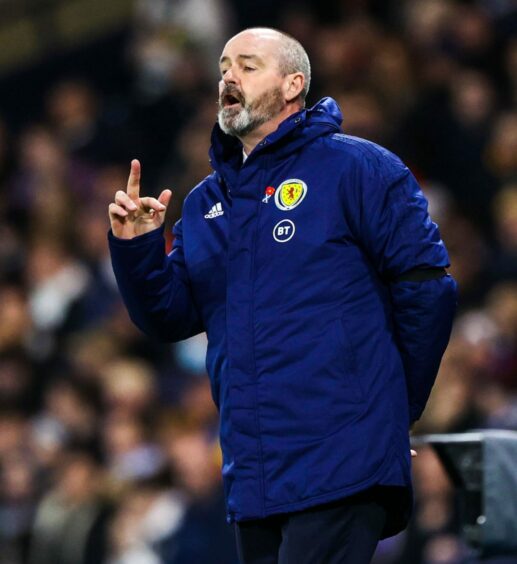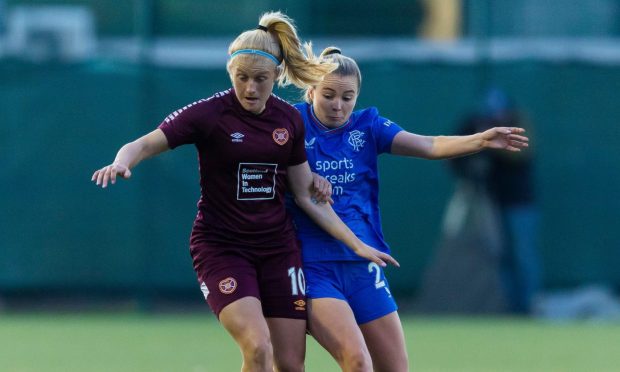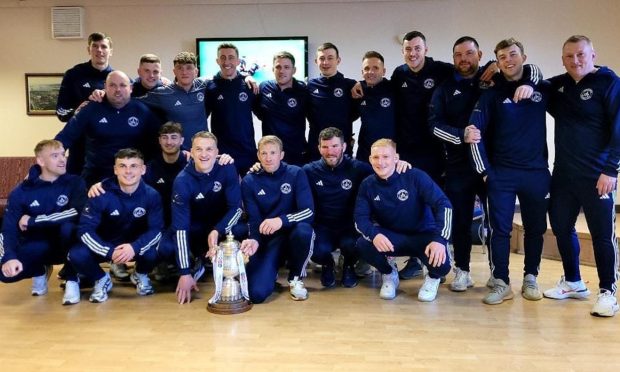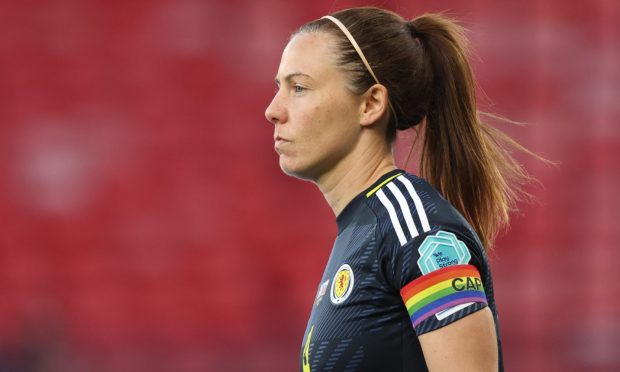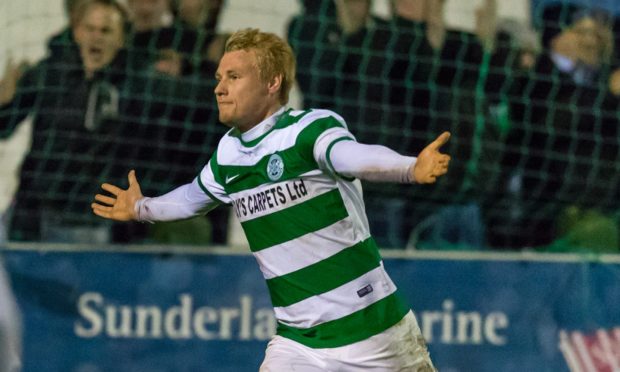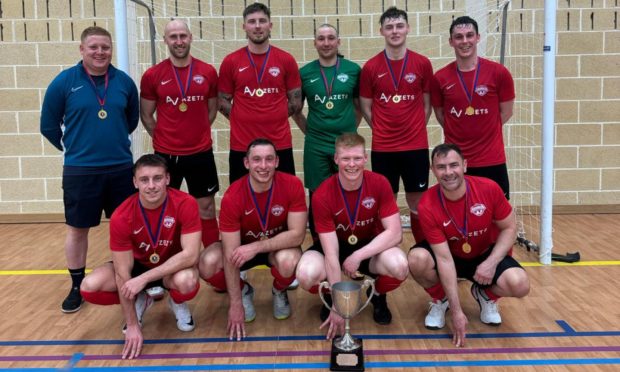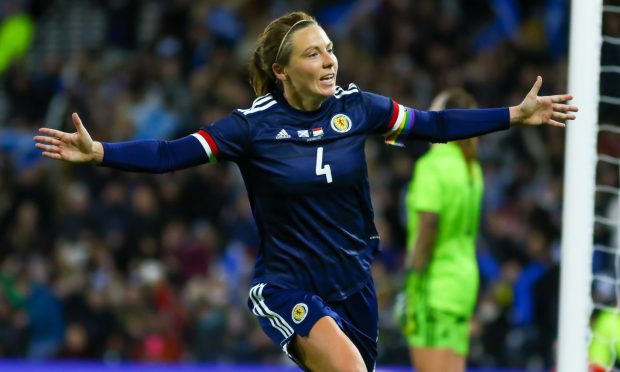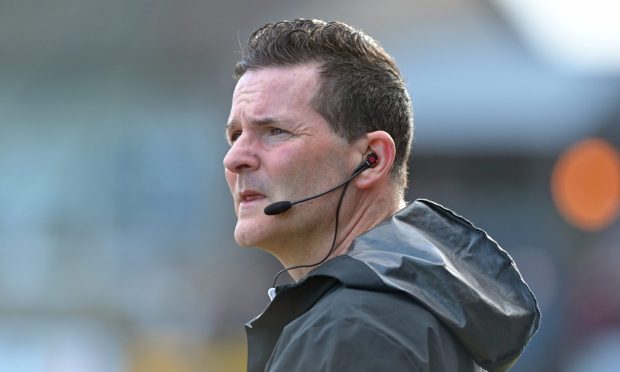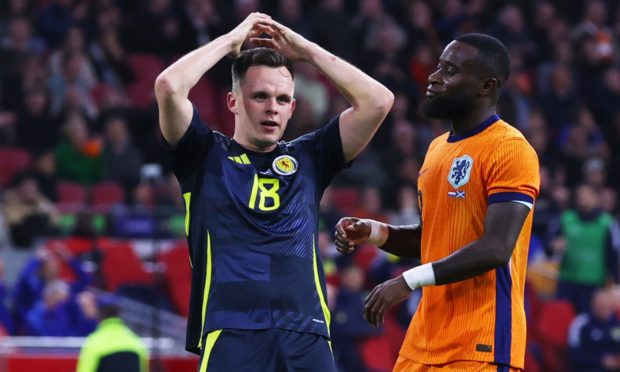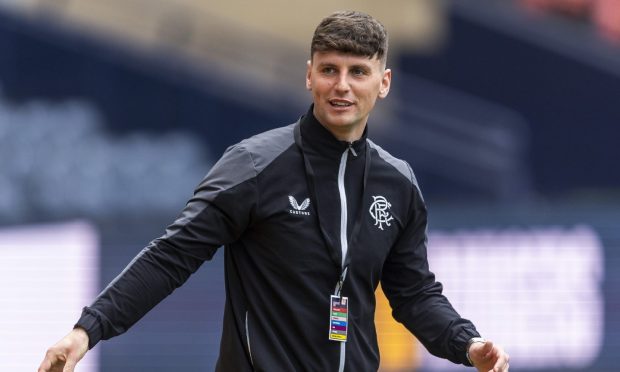Scotland have discovered their 2022/23 Nations League opponents – and they will meet World Cup play-off rivals Ukraine in latest edition, which begins next summer.
Steve Clarke side’s more immediate focus is their World Cup semi-final play-off clash with Ukraine at Hampden in March, with the winners facing Austria or Wales in a shoot-out to reach the finals in Qatar.
However, they have been paired in Group B 1 with top seeds Ukraine (22nd in the FIFA world rankings, Republic of Ireland (50) and Armenia (88), in the next edition of the Nations League.
Scotland, who have a world ranking of 38, learned their fate in the draw which was made this evening in Nyon, Switzerland.
They have avoided Israel, who they have met in the last two Nations League campaigns and seven times overall in the past three years.
Scotland qualified for Euro 2020 finals via the inaugural Nations League competition as they topped their group, beat Israel on penalties in the play-off semis after a 0-0 draw, then defeated Serbia in a pulsating penalty shoot-out play-off final triumph last November.
This achievement was the national men’s team’s first major tournament qualification since the 1998 World Cup and their first European Championship since 1996.
In a competition delayed by the pandemic, Scotland picked up just one point this summer – in a 0-0 draw with England at Wembley – in between losing to the Czech Republic and Croatia.
UEFA have yet to confirm how many nations will qualify via the play-offs for the Euro 2024 finals in Germany via the Nations League.
The rules are expected to be detailed next June ahead of the draw for the finals next October.
Four crunch fixtures next June
Group winners will gain promotion to the top-tier for the next Nations League, while finishing bottom of the section would mean relegation to League C.
There will be two double-headers in June for Scotland, with matchdays five and six taking place in late September. Play-offs will take place in March 2024.
Four of the six matches take place next June due to the winter scheduling of the 2022 FIFA World Cup.
France won the last Nations League in October when they defeated Spain 2-1 in the final.
French legend Robert Pires and ex-Spanish star Gaizka Mendieta helped to carry out the draw, which in total involved 55 countries over four different league categories, from A to D.
The full draw is – D1 Latvia, Andorra, Kazakhstan/Moldova, Liechtenstein, D2 – San Marino, Cyprus/Estonia, Malta.
C1 – Turkey, Luxembourg, Lithuania, Faroe Islands, C2 – Northern Ireland, Greece, Kosovo, Cyprus/Estonia, C3: Kazakhstan/Moldova, Azerbaijan, Belarus, Slovakia, C4: Gibraltar, Georgia, North Macedonia, Bulgaria.
B1 – Armenia, Republic of Ireland, Scotland, Ukraine, B2 – Albania, Israel, Russia, Iceland, B3 – Montenegro, Romania, Finland, Bosnia-Herzegovina, B4 – Slovenia, Serbia, Norway, Sweden.
A1 – France, Denmark, Croatia, Austria, A2 – Spain, Portugal, Switzerland, Czech Republic, A3 – Italy, Germany, England, Hungary, A4 – Belgium, Netherlands, Poland, Wales.

